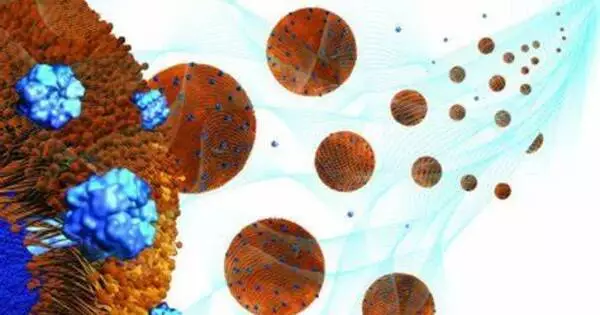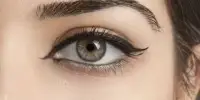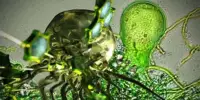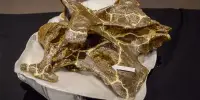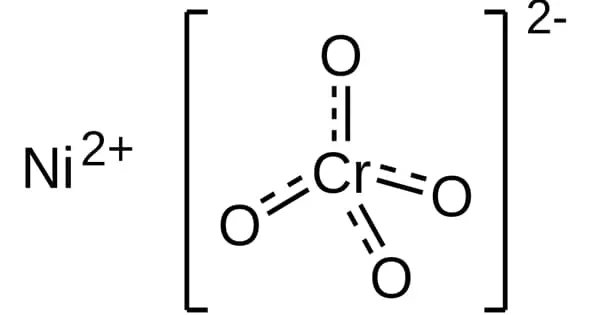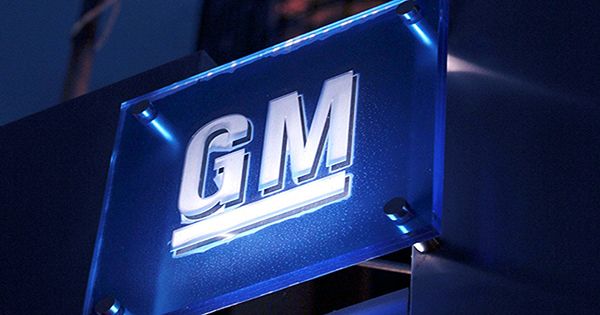Trpzip, a novel hydrogel discovered by scientists, resembles the qualities of natural human tissue, revolutionizing its potential applications in medical research and treatments. UNSW Sydney scientists have developed a novel substance that could revolutionize the way human tissue is generated in the lab and utilized in medical treatments.
The new material is a member of the hydrogel family of compounds, which are the essence of life’s ‘squishy’ components found in all living things, such as cartilage in animals and seaweed in plants. Hydrogels’ features make them extremely valuable in biomedical research since they can imitate human tissue, allowing cells to flourish in a laboratory setting.
Human-made hydrogels are also utilized in a wide range of commodities products, from food and cosmetics to contact lenses and absorbent materials, and, more recently, in medical research to seal wounds and restore damaged tissue. While synthetic hydrogels may be effective as space fillers that promote tissue growth, they fall short of reproducing the intricate characteristics of genuine human tissue.
Matrigel has some drawbacks in research because each batch is unique. A chemically defined alternative could be less expensive and more uniform, which would be extremely beneficial to biomedical research.
Dr. Shafagh Waters
However, in a study published in Nature Communications, UNSW scientists reveal how a new lab-made hydrogel behaves like real tissue, with a number of unexpected properties that have implications for medical, culinary, and manufacturing technology.
The hydrogel substance is produced from very simple, short peptides, which are the building blocks of proteins, according to Associate Professor Kris Kilian of UNSW’s School of Materials Science & Engineering and School of Chemistry.
“The material is bioactive, which means that encapsulated cells behave as if they are living in natural tissue,” adds the professor.
“At the same time, the material is antimicrobial, which means it will keep bacteria at bay.” This combination places it in the sweet spot for materials with potential applications in medicine. It is also self-healing, which means it will reform after being squeezed, shattered, or expelled from a syringe. This makes it perfect for 3D bioprinting or as a medication injection.”

Surprise discovery in lockdown
Ashley Nguyen, a PhD student in the UNSW School of Chemistry and the paper’s first author, found this discovery using computer simulations during the Covid19 shutdown. Ms Nguyen was seeking for molecules that self-assemble (that spontaneously arrange themselves without human intervention) when she came upon the concept of “tryptophan zippers.” These are short chains of amino acids containing several tryptophans that function as a zipper to aid self-assembly and have been called “Trpzip.”
“I was excited to identify a unique peptide sequence using computational simulations that might form a hydrogel,” says Ms Nguyen.
“After we returned to the lab, I synthesised the top candidate and was thrilled to see it actually form a gel.”
According to Ms Nguyen, the development of this hydrogel has the potential to be a more ethical alternative to commonly utilized natural materials.
“Natural hydrogels are used all over in society – from food processing to cosmetics – but require harvest from animals which poses ethical concerns,” she said. “Also, because of the negative immune response that occurs, animal-derived materials are problematic for use in humans.” Trpzip is a synthetic material that not only has potential in many areas where natural materials are already employed, but also has the ability to exceed them in others, such as clinical research.”
Real world results
To test the viability of Trpzip in biomedical research, A/Prof. Kilian’s team partnered with researcher Dr. Shafagh Waters in the School of Biomedical Sciences at UNSW Sydney, who uses Matrigel — a hydrogel harvested from mouse tumours — for the culture of patient tissue in her research.
“Matrigel has some drawbacks in research because each batch is unique. A chemically defined alternative could be less expensive and more uniform, which would be extremely beneficial to biomedical research,” Dr. Waters explains.
A/Prof Kilian mentions that the natural materials market is worth billions of dollars and that the team is eager to investigate commercialization avenues.
“We believe Trpzip hydrogels and similar materials will provide a more consistent and cost-effective alternative to animal-derived products.” It would be a fantastic result if our substance helped to minimize the number of animals utilized in scientific study.”
